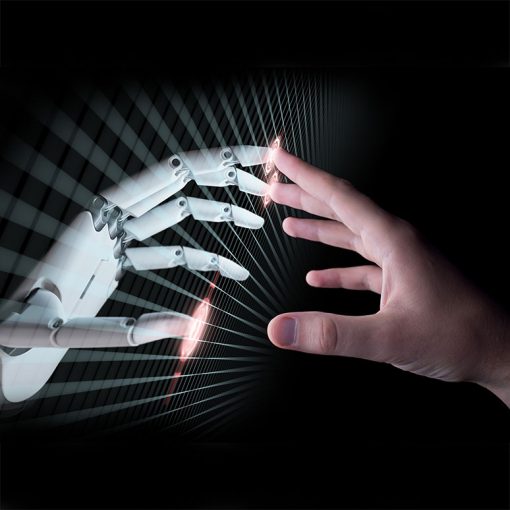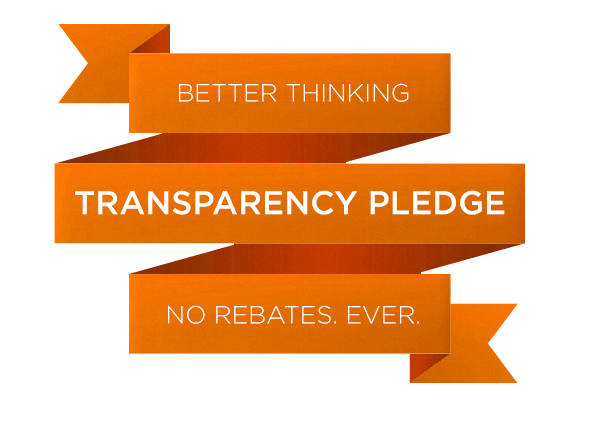Published on
Robot Revolution: How Marketers Should Use AI

The news is full of stories about the coming “robot revolution.” Boeing’s 737 Max planes just made headlines for artificial intelligence (AI) flying systems that may have malfunctioned. PepsiCo has launched a six-wheeled robotic vending machine that delivers snacks to college students. And near our Mediassociates’ agency headquarters in Connecticut, grocery stores now have robots slowly circulating aisles, alerting staff for spills and cleanups.
Are Blade Runner replicants imminent? Would we even know?
Regardless, AI is a revolutionary technology for advertisers. Gartner forecasts that by next year, 2020, 30% of companies worldwide will use some form of AI in their marketing and sales systems. The idea is simple: AI, using the power of computing to recognize patterns, can learn from complex customer interactions to quickly improve marketing performance.
But as powerful as AI may be, we suggest there is one thing marketers must keep in mind as they rush for new intelligence:
Know your algorithms!
The word “algorithm” is thrown around a lot, but really is simple. Artificial intelligence is tied to algorithms – a series of logic steps that solve a problem. You use an algorithm when you puzzle the solution to 29 + 13 = 42 (you stack the numbers, then start right column, 9 + 3 = 12, carry the 1, then 2 + 1 + 1 = 4, thus 42…). The biologist Richard Dawkins has even suggested our human emotions are algorithms, triggering a fight-or-flight reflex more quickly than we can process, “hey look, a tiger is now in my jungle path.” When you get mad, you’re not being emotional. You’re following a survival algorithm.
Computers, given an algorithmic series of steps, can find solutions faster than our human brains. But a smart marketer must understand the logic rules behind AI. Because the logic of the algorithm is what matters.
For example, for digital ad campaigns, do you know how quickly an automated system is pausing underperforming audiences? If it’s doing it too quickly, you could be shutting out quality prospects.
Multi-touch attribution (MTA), as one larger example, recently became the Holy Grail of marketers who seek to map the “attribution,” or source, of customer actions across multiple communication touchpoints. The idea behind MTA is that consumers, hit with a series of different marketing communications, respond based on the cumulation of touches. While MTA technology can collect and model the data across touchpoints to spit out findings, the logic rules of the AI system behind it are what’s really important for getting the truth.
If a customer is exposed to 5 ads, the first being an online video and the last being a Google search result, what weight do you give the first touch? Or the last? The logic of the algorithm is what matters.
At Mediassociates, we utilize the efficiencies of AI but keep a close (human) watch on every campaign. Our goal is to help marketers build the right logic structure that makes AI work.
Robots and humans working together? That’s a revolution we can definitely get behind.

